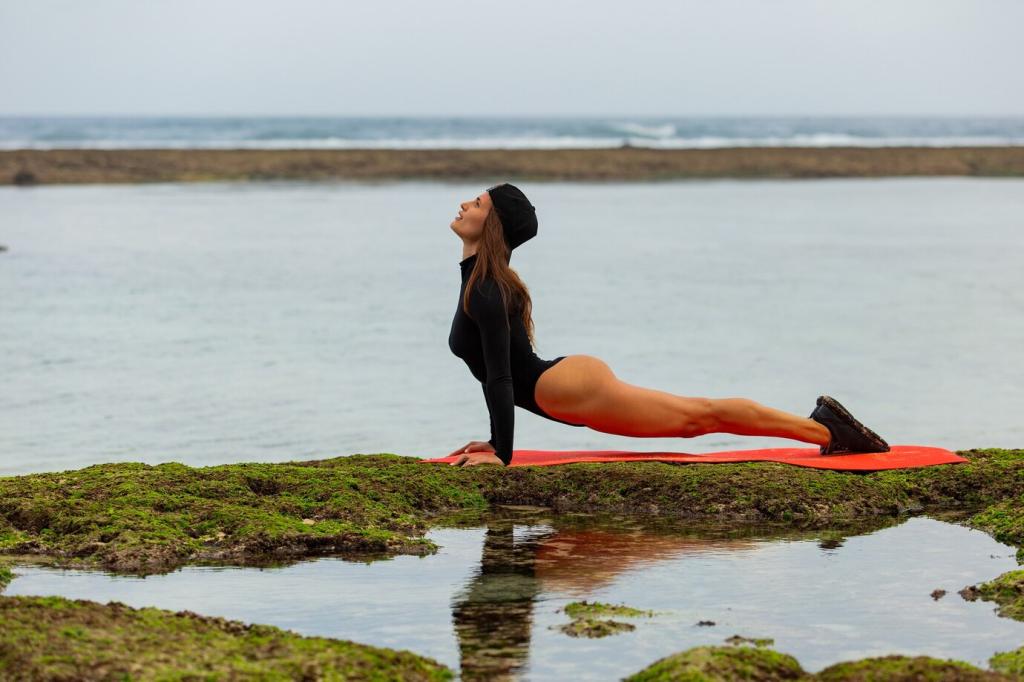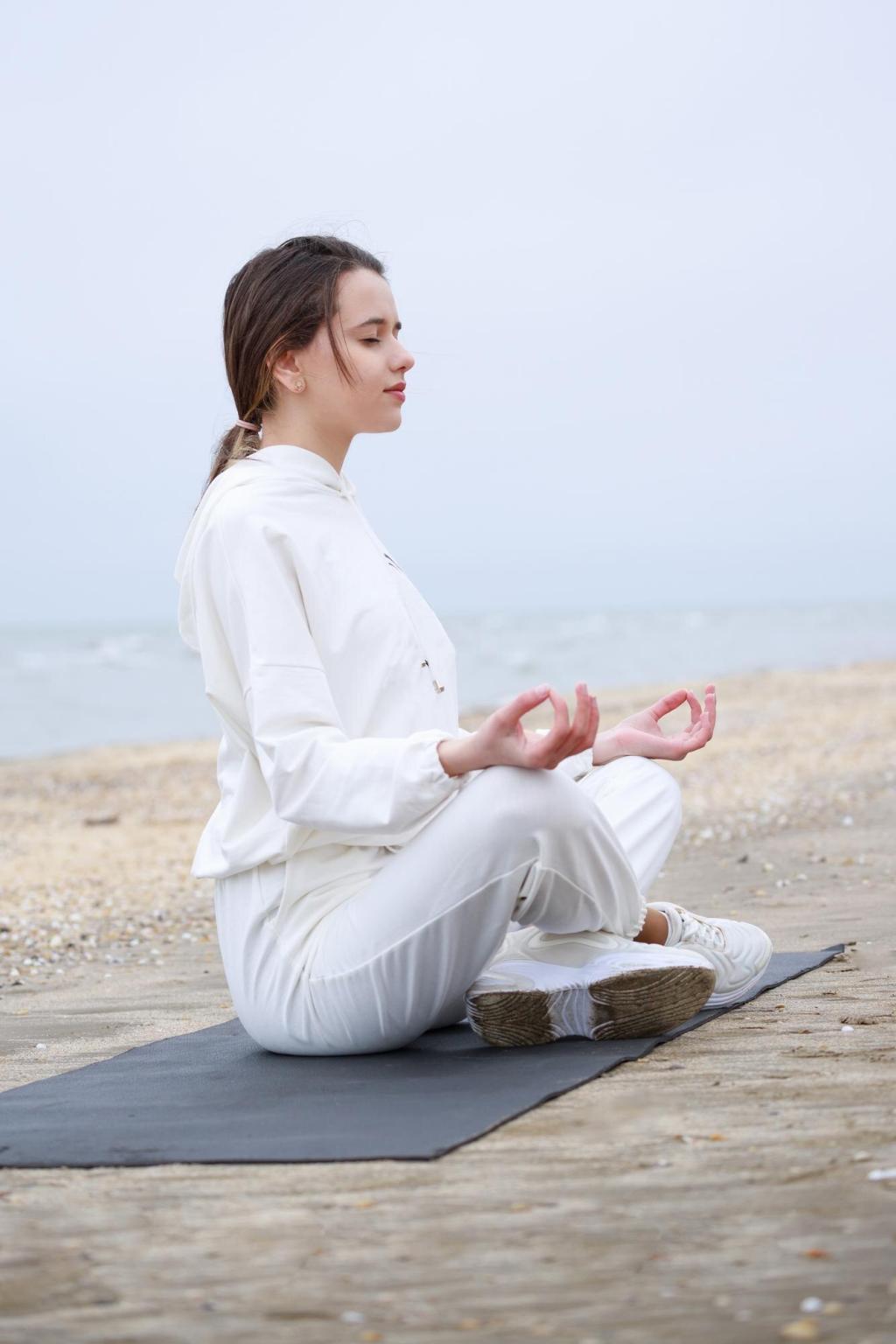Harnessing the Power of Waterfall Meditation
Selected theme: Harnessing the Power of Waterfall Meditation. Step into the hush and thunder of falling water, where rhythm becomes refuge and attention softens. Today we explore how the steady roar, glistening mist, and ceaseless flow can carry you into stillness. Join us, share your reflections, and subscribe for more nature-led practices.


Waterfall sound is broad, textured, and gently unpredictable, masking distractions without becoming monotonous. This natural soundscape helps your brain stop chasing every stray thought. Many people report lower perceived stress and easier focus within minutes. Have you noticed this effect near water? Tell us your experience and how long it takes you to settle.

When you sit by a waterfall, your breathing often synchronizes with its rhythm. Slow inhales, longer exhales, and a steady, effortless cadence support relaxation. Try exhaling just a beat longer than you inhale as you listen. Share the breathing pattern that feels most natural for you so others can learn from your practice.

On a foggy morning, I watched a hiker pause at a small cascade and count breaths on wet granite. After ten minutes, their shoulders dropped and their face softened. The sound did the heavy lifting. If a simple practice like this has helped you recently, drop a comment and inspire another reader today.
Choosing your cascade
Select a spot with safe footing, minimal foot traffic, and a consistent, comfortable sound level. Early mornings often offer calmer light and fewer distractions. Bring a sit pad, warm layers, and water. If you have a favorite waterfall, tell us what makes it ideal—distance, sound character, surrounding forest, or the way the light plays on the mist.
Home-based waterfall
No waterfall nearby? Use a tabletop fountain, shower stream, or high-quality headphones with waterfall recordings. Keep volume gentle—clear and enveloping, not loud. Dim lights, crack a window for fresh air, and set a timer. Share your favorite tracks or apps below so our community can build a calming library together.
Setting an intention
Before you begin, write a single phrase: “Let the flow carry what I can release,” or “I will listen without fixing.” Keep it simple and sincere. Revisit this intention after your session and note what shifted. Post your intention ideas to help fellow readers find language that resonates with their practice.
Core Techniques by the Water
Five-senses arrival
Name five things you see, four you feel, three you hear, two you smell, and one you taste. Let the waterfall’s shimmer, cool breeze, and earthy aroma anchor you. This takes two minutes and prevents your mind from sprinting ahead. Tell us which sense lands you in the moment most reliably.
Breath like a river
Try a 4-count inhale, 6-count exhale, pausing softly at the bottom like a pool behind a rock. Imagine the exhale streaming downstream, carrying tension with it. If counting feels rigid, follow the water’s natural swell instead. Share whether numbers or imagery best supports your breathing practice.
Soft-gaze visualization
Half-close your eyes and picture each worry as a leaf drifting through the curtain of water, dissolving as it falls. Let your gaze rest without staring. If you feel dizzy, open your eyes and stabilize through your feet. What imagery helps you release most easily? Comment to offer others a helpful mental picture.
Maya’s burnout reset
After a year of nonstop deadlines, Maya began Saturday visits to a small canyon cascade. Ten quiet minutes beside the water softened her jaw and steadied her breath. Two weeks in, she noticed evenings felt less frantic. If you’ve felt a similar shift, share how often you practiced and what changed first.
Grandfather’s lesson
My grandfather would sit by a fall and say, “Listen until you hear the quiet inside the noise.” Only later did I realize he was teaching meditation without the word. Do you have a mentor story like this—simple, grounded, unforgettable? Add it below to keep that lineage alive.
A city fountain moment
Before a big presentation, I sat near a plaza fountain, closing my eyes against the lunch rush. Five minutes of slow exhale amid the bubbling transformed dread into steady alertness. Water does not need wilderness to work. Where in your city do you find a small, steady stream of calm?
Shower ritual micro-meditation
Turn the shower into a miniature cascade. For three minutes, feel the pressure on your shoulders, lengthen your exhale, and listen for the layered tones. Let each drop be permission to release. If this helps you transition into your day, consider subscribing for weekly micro-rituals straight to your inbox.
Workday audio oasis
Schedule a five-minute waterfall listen between tasks. Headphones on, eyes soft, shoulders low. One task ends, the water clears, the next begins. Avoid using this while driving or operating equipment. What time block helps you most—mid-morning, post-lunch, or late afternoon? Share your rhythm to guide others.
Nature stewardship
Let the practice give back. Pack out trash, stay on durable surfaces, and protect riparian plants. Quiet presence is respectful presence. If you discover a beautiful spot, describe its sound and character without geotagging sensitive areas. Add your stewardship tips so this community’s calm remains sustainable.

Water safety basics
Rocks can be slick, currents stronger than they look. Keep a safe distance from edges, mind your footing, and let someone know your plan. If the roar is overwhelming, step back until the sound is steady and comfortable. What simple precautions help you feel secure during outdoor practice?
Weather and temperature
Mist cools quickly; bring layers, a warm hat, and waterproof seating. In winter, shorten sessions to avoid getting chilled. If you have cardiovascular or respiratory concerns, consult a clinician before practicing in cold, damp environments. Share how you adapt your routine across seasons, from monsoon to summer heat.
Sensory sensitivities
For some, loud water is overstimulating. Choose smaller cascades, use earplugs to soften volume, or meditate from a greater distance. At home, fine-tune recordings until they feel supportive, not intrusive. Tell us the adjustments that make waterfall meditation accessible for you, so others can tailor thoughtfully.
